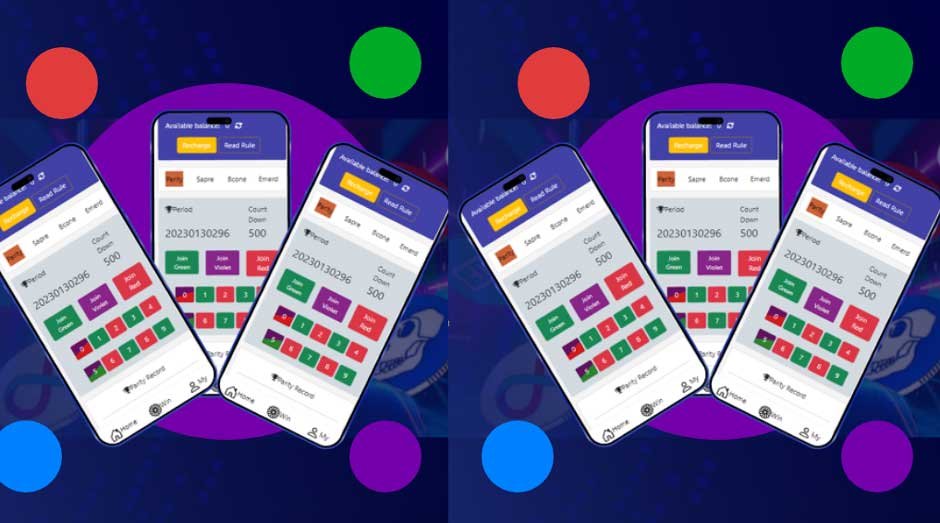Color prediction gaming presents players with a captivating blend of chance and strategy, where every decision holds the potential to shape their fortunes. Amidst the excitement and uncertainty, the principles of behavioral economics offer valuable insights into human decision-making processes. In this article, we explore how behavioral economics can be leveraged to enhance decision-making in color prediction gaming, unraveling the cognitive biases, heuristics, and psychological phenomena that influence players’ choices and outcomes.
Understanding Behavioral Economics:
- Cognitive Biases: Cognitive biases are systematic patterns of deviation from rationality in decision-making, stemming from inherent human tendencies. Biases such as availability heuristic, confirmation bias, and overconfidence bias can lead players to make suboptimal decisions in color prediction gaming, impacting their overall performance and results.
- Prospect Theory: Prospect theory, proposed by Daniel Kahneman and Amos Tversky, describes how individuals evaluate and make decisions under conditions of uncertainty. By considering the subjective value of potential gains and losses, players’ risk preferences and decision-making strategies can be influenced, shaping their approach to color prediction gaming at 91club app.
Applying Behavioral Economics to Color Prediction Gaming:
- Nudge Theory: Nudge theory suggests that subtle interventions, or “nudges,” can influence individuals’ behavior and decision-making without restricting their freedom of choice. In color prediction gaming, nudges such as personalized recommendations, visual cues, and contextual prompts can guide players towards more informed and rational decisions.
- Choice Architecture: Choice architecture refers to the design of decision environments that influence individuals’ choices. By structuring the presentation of options, information, and incentives, color prediction platforms can shape players’ decision-making processes and outcomes. Designing intuitive interfaces, clear information displays, and persuasive incentives can encourage more rational and advantageous decisions.
Strategies for Improved Decision Making:
- Awareness and Education: Increasing players’ awareness of cognitive biases and heuristics can empower them to recognize and mitigate their influence in color prediction gaming. Educational resources, tutorials, and in-game prompts can help players develop a more nuanced understanding of decision-making processes and adopt strategies to overcome biases.
- Decision Support Tools: Providing players with decision support tools, such as probability calculators, risk assessment frameworks, and performance analytics, can facilitate more informed and data-driven decision-making in color prediction gaming. These tools enable players to evaluate probabilities, assess risks, and optimize their strategies based on empirical evidence and analysis.
Conclusion:
Behavioral economics offers valuable insights into the intricacies of decision-making in color prediction gaming, shedding light on the cognitive biases, heuristics, and psychological factors that shape players’ choices and outcomes. By leveraging principles from behavioral economics, color prediction platforms can design interventions, tools, and strategies to empower players to make more informed, rational, and advantageous decisions. As players navigate the dynamic landscape of color prediction gaming, an understanding of behavioral economics can serve as a guiding light, illuminating the path towards improved decision-making, enhanced performance, and greater success in the colorful world of prediction gaming.







